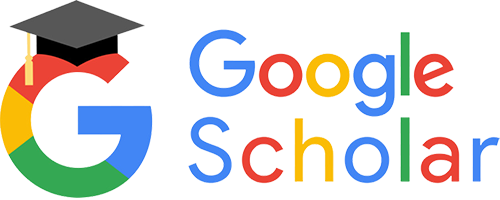Abstract
Digital poverty can be defined as the lack of the goods and services based on ICT (Barrantes, 2002). In other words, it is a situation of the person has the limited devices to access the internet and low access of internet connection where the student may face limited learning resources and tools such as computer and internet access. Currently, the issue of “Digital Poverty” were raised by the elected representative from Sabah which is most people view it as the economic capacity of an individual to own a computer, laptop or tablet and have access to a high-speed internet connection (The Sun Daily, 2020). The implementation of Movement Control Order (MCO) has made Ministry of Higher Education to come up with new learning approach which is Online Distance Learning (ODL)that has made a tremendous change in society. Hence, due to this situation,
digital poverty becomes a new phenomenon in today’s world, which is many people are connecting with each other through online Due to the spread of COVID-19 transmission and the closure of physical classes, online learning through the uses of several devices like computers, laptops, tablets and mobile phones with internet access in synchronous and asynchronous environments become the alternative learning methods (Selvanathan et al., 2020). Perhaps, the use of technology gadgets becomes an effective way of education, as it presents chance for students to be
more imaginative and innovative for self-learning and education especially in time of the pandemic. Hence, due to the pandemic, technology is now one of the most important requirements in human life and the majority of the people use the gadget technology as a tool for communicating, learning and the medium to find information in sync with the purpose of technology developed (Ashari et al., 2018). However, online distance learning can be difficult for disabled, disadvantaged, and marginalized students who have limited resources and access to online learning (The Regional Risk Communication and Community Engagement (RCCE) Working Group, 2020). Therefore, with this type of constraint,
challenges encountered by students are also expected due to the unplanned move to pure e-learning approach (Nassr et al., 2020). In other words, to make computers and internet accessible, people have to be technically able and financially affordable (Yaakob et al., 2016). The following section discusses the purpose and background of this study.
Metadata
| Item Type: | Conference or Workshop Item (Paper) |
|---|---|
| Creators: | Creators Email / ID Num. Shahren, Syuhada syushahren98@gmail.com Ardi, Nur Aiesya Atika aiesya9823@gmail.com Azizan, Intan Syahriza Intan219@uitm.edu.my |
| Subjects: | L Education > LB Theory and practice of education > Educational technology L Education > LB Theory and practice of education > Computers in education. Information technology |
| Divisions: | Universiti Teknologi MARA, Kedah > Sg Petani Campus |
| Event Title: | International Virtual Conference of Public Policy and Social Sciences (iVCPPS 2021) |
| Page Range: | pp. 8-11 |
| Keywords: | Digital poverty, online distance learning, higher education institution |
| Date: | 2021 |
| URI: | https://ir.uitm.edu.my/id/eprint/57017 |



